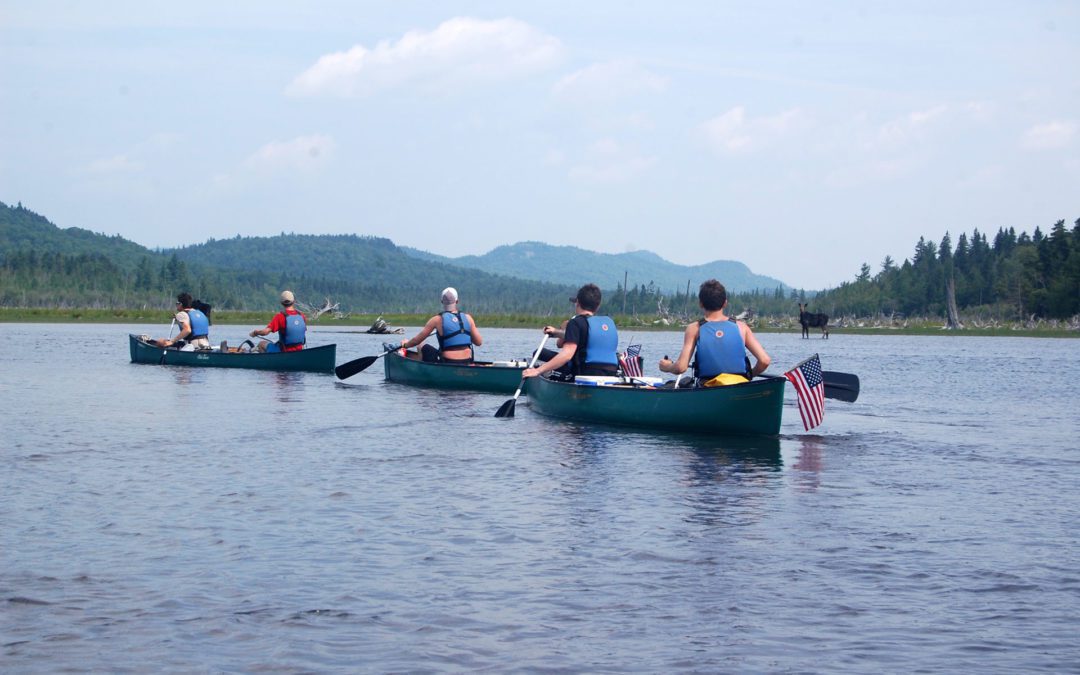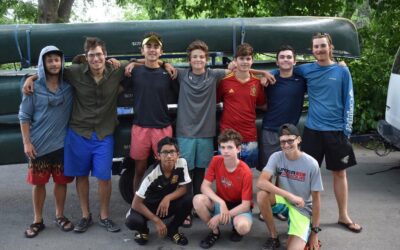Blog
What’s New?

Join Us for a Pine Island Alumni Expedition to Belize!
Introducing Expedition Alumni: your chance to relive the magic of community building and personal development on Pine Island trips.
PIC Appears in Literature!
Late one night last fall, in a lodge bunkhouse deep in Maine’s Hundred-Mile Wilderness, I discovered, much to my surprise, that my weekend reading material mentioned Pine Island!
Wilderness First Responder Courses at PIC
We’re excited to offer Wilderness First Responder (WFR) & WFR Recertification classes at Pine Island this spring, led by expert instructor Jono Bryant of Aztec Travel.
Honoring Emily Swan: A Legacy of Loyalty
Last December, Emily Swan fully retired from Pine Island after more than 30 years as the camp’s Business Manager. This was a woefully inadequate job title; Emily seamlessly handled everything from finances and payroll to logistics and endlessly frustrating regulations. Her attention to detail touched every aspect of camp life, both during the summer and throughout the year.




